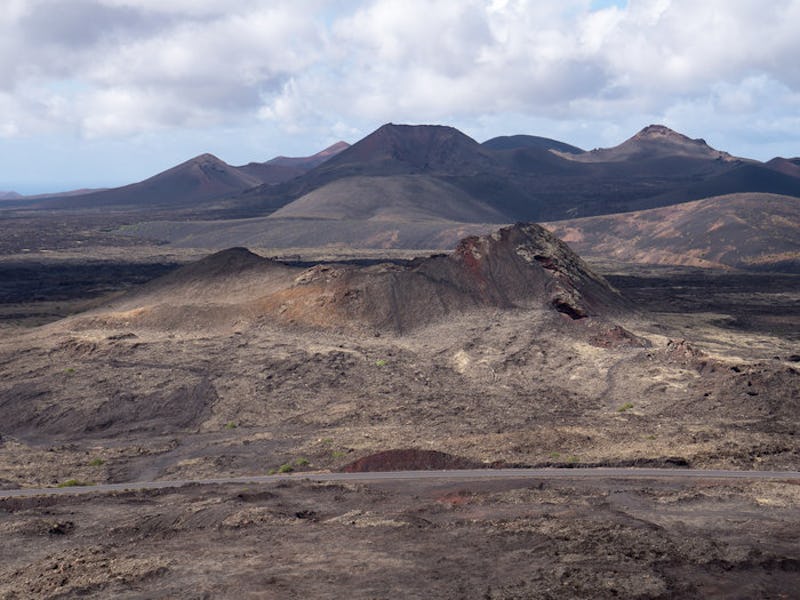ESA Sends Astronauts to the Canary Islands to Train for Mars

Phase Two of the European Space Agency’s PANGAEA field training has begun — this time in the Canary Islands. ESA astronauts Luca Parmitano and Pedro Duque, along with Matthias Maurer of Eurocom, will take part in a rigorous set of tasks that take advantage of the islands’ ability to function as a ‘planetary analogue’ of the geography and climate of Mars.
The project’s aim is to provide the astronauts with the skill sets they need to identify useful geological samples on the moon, and on Mars. The first phase, which consisted of lots of spelunking, was executed in Bressanone, Italy, earlier this summer. This time, the trio will be studying satellite imagery of the region, and then performing a series of traverses during the course of which they’ll determine the most promising sites, and gather samples accordingly. They’ll gradually move from following demonstrations to relying solely on their own newly acquired expertise in the field.
“We do this course because we want to prepare our astronauts not just to explore other planets and to be geologists on other planets, but to prepare the exploration together with engineers and scientists to be able to be equal in discussing features, science, difficulties, logistics, safety,” said PANGAEA project manager Loredana Bessone in an ESA video that shows the astronauts hiking, surveying, and sketching. “To know geology, and to become knowledgeable about [the] moon, Mars, asteroids, at a level that geologists would appreciate.”
Map of Spain with the Canary Islands, highlighted in red.
Also, they’ll get to go inside a lava tube, which is just as cool as it sounds. Lava tubes have already been identified on both the moon and Mars. And just like with underground cave structures on Earth, they’re a good place to search for water, and thus for signs of life. The more comfortable the astronauts get in these settings, and the more they learn about Earth’s own geology, the more discerning they’ll be able to be when the time comes to sample Mars.
“When I go to the moon, and maybe, who knows, even to Mars, I hope to be able to make a good description of what I see,” said Parmitano in the video. “I hope to be able to make a good estimate of where I am and what samples to choose, and be able to transmit through my eyes and my words the science that is around me on the moon to the scientists on the earth. That is a great responsibility. It’s something that we learned during the Apollo missions more than 40 years ago and that today we have to pick up again, and use it again, and evolve again, so the astronauts in the future will do even a better job, if possible.”